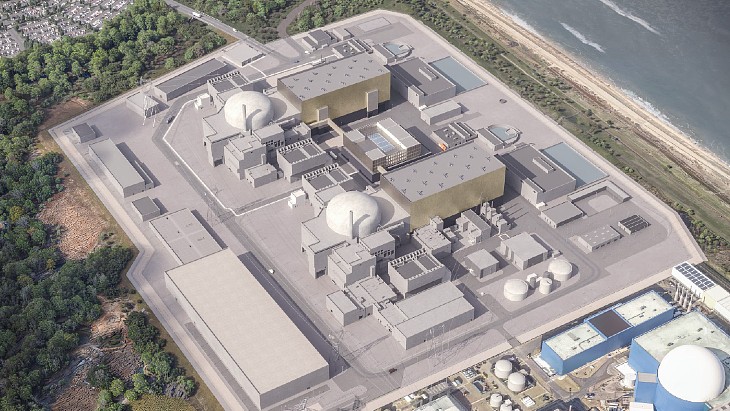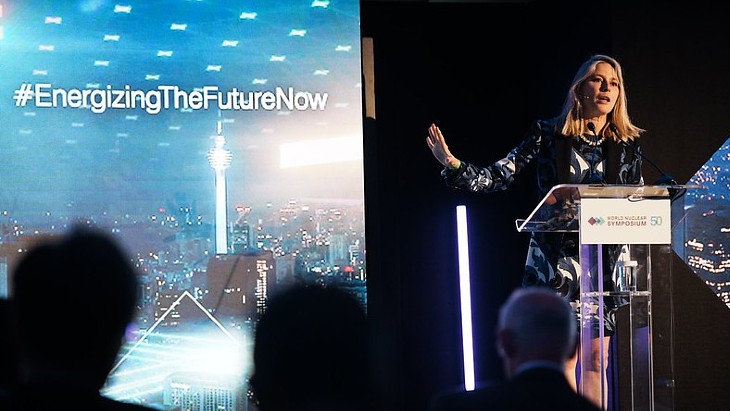Britain's process for radioactive waste disposal has been sketched out by the Nuclear Decommissioning Authority (NDA) in a timeline stretching some 130 years.
.jpg) |
.jpg) |
| The UK could use several underground vaults to store a range of wastes that have built up since the 1950s |
The body today revealed an indicative program for moving all these materials into a permanent underground store. The current preparatory studies stage would last about five years, with ten years to investigate candidate sites for the eventual facility. After that would come about 15 years of construction before the store would begin accepting waste packages. Some 90 years of operation could follow, with a ten year process to close and seal the site.
A stepwise program is envisaged, starting from the first principles of waste management and requiring voluntary participation of candidate host communities, some of which have come forward. Conceptual storage designs are being developed and the British Geological Survey will carry out desk-based surveys of the candidate areas. Clearly unsuitable sites will be ruled out, while suitable ones will have the option of going forward for more detailed surface investigations and the site selection phase. A key principle of the process is that candidate communities can withdraw from the process at any time.
After about ten years of site studies, consultations and design development - in around 2025 - the government is expected to pick a site. At this time permissions can be applied for, contracts can be signed and work to build can really begin, subject to regulatory approval.
Tunnelling to between 200 and 1000 metres below ground and excavating and prepating the large caverns envisaged by the NDA would be a very major project, and 15 years are allocated for this in its indicative timeline. After that a program of systematically storing the wastes could begin.
The NDA imagines that one day the store will be permanently closed, which itself assumes that the use of nuclear power would end or another repository would be created for wastes created after that time. The decision would be made in consultation with local people and could involve the backfilling of tunnels and access ways as well as the sealing of openings over the course of about ten years. Details of the store would be place in a national archive and post-closure monitoring could take place.
| The wastes, the cost |
||
| Type | Volume (m3) |
% of total radioactivity |
| Used nuclear fuel | 11,200 | 51.6 |
| High-level waste | 1400 | 41.3 |
| Plutonium | 3300 | 4.6 |
| Intermediate-level waste | 364,000 | 2.5 |
| Low-level waste | 17,000 | 0 |
| Uranium | 80,000 | 0 |
| Permanently managing these materials, the NDA said, would cost £3.7 billion ($5.6 billion) using UK government discounting methods over the life of the project, or about £12 billion ($18 billion) without discount subject to future policies.
Used nuclear fuel (from Sizewell B) could be reprocessed into high-level waste greatly reduce its volume. Plutonium is currently not classified as either an asset or a liability. Disposing of it will add £2 billion ($3 billion, undiscounted) to costs, while its value as fuel is far greater. Wastes from future nuclear power plants will be placed in the same facility but funded by a waste fund maintained by small contributions for each unit of electricity produced. These could also be reprocessed but policies on this are far off. |
||
Researched and written
by World Nuclear News




_55530.jpg)
_42372.jpg)
_37521_70699.jpg)

_76087_55556.jpg)




